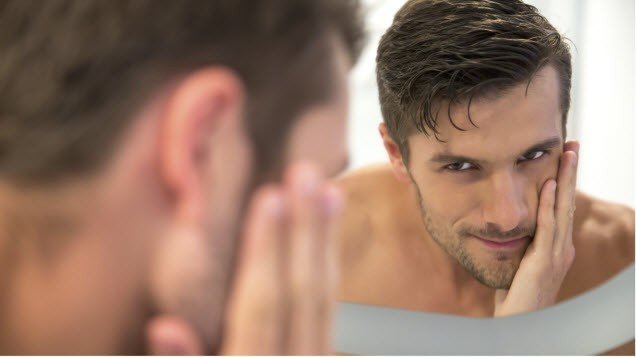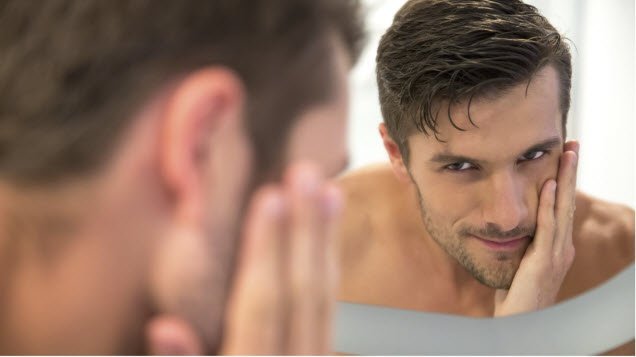Skin Peels for WOMEN and MEN
Skin peels improve dull, weathered skin; freckling; pigmentation, fine wrinkling and shallow acne scars. R3 offers a variety of skin peels so that we are able to assess your specific concerns and individualise your treatment to offer you the best outcome.Treatment Overview
Your skin is a living organ made up of millions of cells. Every day thousands of cells die fall off and are replaced by new cells from below. Unfortunately, as we age, this becomes a slower and more haphazard process, making your skin unable to shed dark blotches and sun damage. The function of skin peels is to create an even controlled shedding of several layers of damaged cells. This exposes a new, fresh layer of skin with a more even colour and a smoother texture. In addition, the peel stimulates new cells to grow, thereby tightening the skin, which decreases wrinkling. Some peels also infuse a combination of vitamins and anti-oxidants into the skin to help with pigmentation, acne, oiliness or other issues.Skin Peel Treatments
Glycolic Peels
This is a very superficial peel made from mild organic acids such as glycolic from sugar cane. Glycolic peels rehydrate the skin, stimulate collagen production, increase the effectiveness of skin care products and reduce skin blockages with minimal down time.
Salicylic Acid Peels
This is a superficial peel, which resurfaces the epidermis with minimal downtime. Salicylic acid removes superficial pigment and scarring and is excellent for acne control, collagen induction and minimizes fine lines and tones skin.
Lactic Acid Peels
Lactic acid rehydrates the skin and is excellent after filler or anti-wrinkle injections. It plumps the skin making it appear youthful, hydrated and glowing.
How is a peel performed?
A solution is applied to your skin. This is usually associated with two to three minutes of a burning sensation. This burning is so brief that most patients choose not to use any sedation or anaesthesia.
What happens to my skin?
When the chemical is applied to the skin, it causes the top layers of cells to dehydrate and peel off over a period of several days. When the old skin has peeled off, it exposes a new layer of undamaged skin, which has a smoother texture and a more even colour. Peels containing vitamins and anti-oxidants are designed to cause minimal skin shedding.
How much time will I need off work?
The depth of the peel can be customised to match your requirements with the amount of downtime you are prepared to tolerate. Deeper peels result in more downtime but may achieve more dramatic results. Most people take around three days to heal from a resurfacing peel. During the healing process there is no pain, but the skin may look as if it is sunburned.
How soon can I resume outdoor activities?
Anyone who has a peel is more sensitive to sunlight for at least six to eight weeks after their peel. During this time it is very important to protect the new skin with sunscreen, hats and the avoidance of strong sunlight. However, most people are anxious to protect their new improved skin from the damage of sun exposure and they continue to wear sunscreen daily even after they have healed completely. Using our recommended skin care products after a peel results in enhancement of the cosmetic benefits as well as improving the longevity of the peel.
What are the Risks?
Complications in this type of treatment are infrequent. In the worst case a permanent mark or scar can result. This is extremely rare and when it occurs is normally related to an abnormality such as people who have a disorder of healing, picking or cold sore infection.
In rare instances cold sore infection can be activated which may spread over the peeled area and in the worst case leave a scar. Peeling or picking the skin before it is ready to peel of its own accord will result in prolonged healing and possibly a permanent mark. Excessive pigmentation may occur, particularly in those who tan easily or if there is unprotected sun exposure within two months of the peel. It is virtually unknown that this does not totally respond to fading creams if treated when it appears.
-
Book your FREE Consultation
- Book Now


